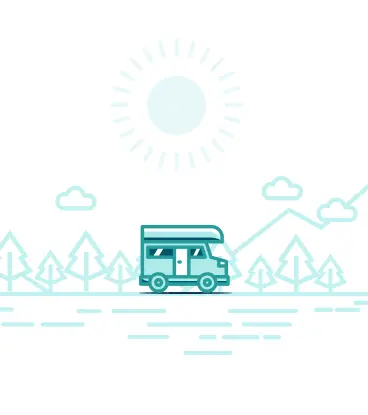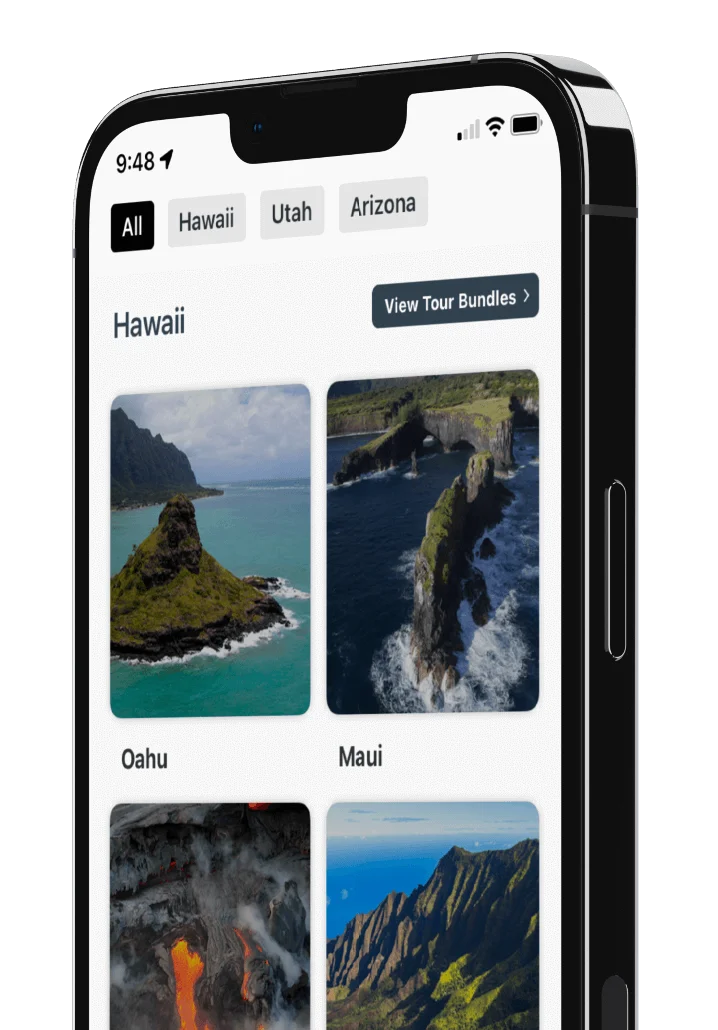
When's the Best Time to Visit Joshua Tree?

No matter the season, there’s always something to do in the Joshua Tree National Park. There are incredible desert plants, rock gardens ready to climb, and an evocative desert landscape every day of the year.
However, some seasons are better than others when it comes to activities such as hiking, camping, and rock climbing. Some seasons are more crowded, or more uncomfortable than others. So what’s the best time to visit Joshua Tree National Park?
Joshua Tree Travel Seasons
 Shutterstock Image
Shutterstock Image
WINTER
Joshua Tree National Park in winter can be a beautiful and serene experience. The temperatures are cooler, ranging from the mid-50s to low 60s Fahrenheit during the day. During the night, the temperatures in Joshua Tree National Park can drop to the 30s or 40s Fahrenheit.
So you might get a fanciful layer of snow on the already surreal desert landscape. And park attendance during the winter is pretty low, so you might get a trail all to yourself.
Winter Activities in Joshua Tree National Park
The winter temperatures are optimal for any of the park’s outdoor activities, especially hiking. Some of the park’s longer or more challenging trails such as the Lost Palms Oasis or Ryan Mountain trails, are downright dangerous in the summer sun.
However, the winter season provides a more comfortable climate, making it an ideal time to visit. And, with the longer nights, winter is the best time to go stargazing. Joshua Tree is one of only two International Dark Sky parks in California. So pick the darkest night and enjoy the stars.
Tips for Visiting Joshua Tree in Winter
When visiting the desert, it is important to take typical precautions. Additionally, dressing in layers is recommended to stay warm during chilly nights. It’s also important to check weather conditions before visiting, as winter storms can occur and cause road closures or hazardous conditions.
RELATED: Know Before You Go, Shaka Guide's Joshua Tree Tour
SPRING
 Shutterstock Image
Shutterstock Image
Spring is another fantastic time to visit Joshua Tree National Park. During the day, temperatures typically range from the mid-60s to mid-80s, while at night, temperatures can drop to the mid-40s. These mild temperatures mean it’s a great time to hike, camp, and rock climb throughout the park.
 Spring Activities in Joshua Tree National Park
Spring Activities in Joshua Tree National Park
Spring is also the best time to see the park’s wildflower blooms, as the desert landscape comes alive with colorful flowers. The bloom typically starts in March and lasts through May, depending on the weather conditions. And if you like a little art with your nature, the annual Joshua Tree Music Festival takes place in May. The Festival features a range of musical acts, art installations, and workshops.
With mild temperatures, blooming wildflowers, and the Joshua Tree Music Festival, spring is also one of the busiest seasons in the park. If you visit during the spring, prepare for larger crowds and filled-up parking lots.
SUMMER
 Shutterstock Image
Shutterstock Image
Summers in Joshua Tree are uncomfortably and dangerously hot. Temperatures regularly exceed 100 degrees Fahrenheit during the day. This means that summer is the least-crowded time of year to visit the park, so it’s easy to reserve a campsite and get around the park without waiting in traffic.
Tips for Visiting Joshua Tree in Summer
If you decide to go hiking during the summer, it’s best to avoid the heat of the day and get on the trail at the crack of dawn, or in the evening. And all of the advice for visiting the desert, like drinking plenty of water, is doubly important during this time. But, if you’re mostly just interested in driving around for quick looks at the Joshua trees, then June thru September can be an easy time to visit.
RELATED: 17 Best Joshua Tree Hikes
FALL
 Shutterstock Image
Shutterstock Image
Fall is an excellent time to visit Joshua Tree National Park as the temperatures are comfortable again, making it ideal for hiking and other outdoor activities. The average daytime temperature during fall ranges between 75°F to 85°F, while the nighttime temperatures can drop to 50°F. And without the major wildflower blooms, attendance is lower than in the spring.
The best months to visit are October and November, other than the busy week of Thanksgiving. In fact, with the ideal temperatures, and smaller crowds than in spring, these months are probably the best time to visit the park.
Regardless of what season you visit, Joshua Tree National Park remains a desert year-round, so you’ll want to wear sun protection, drink plenty of water, and exercise caution and safe practices while hiking and camping. And this being the desert, you shouldn’t have to worry too much about a long string of rainy days no matter the season. Whichever time you choose, Joshua Tree National Park is an enchanting place to visit.
Ready to take the tour? Check out Shaka Guide's Joshua Tree National Park Tour!
We hope that we’ve given you all the information you need to make the most of your day. Your vacation is extremely important to us so if you have any questions feel free to reach out at aloha@shakaguide.com.
For more detailed information to help you plan check out our Joshua Tree National Park Itinerary and Know Before You Go article.
RELATED ARTICLES:
When's the Best Time to Visit Joshua Tree?
About the Writer:
Matt Caracciolo is a travel writer based out of Ohio, and was one of the writers for the Shaka Guide tour for Joshua Tree National Park. Born and raised in Columbus, Matt fell into travel writing while teaching English abroad in South Korea. He has written two travel books, including the Moon Ohio guidebook, and is happy writing and editing tours for Shaka Guide. Matt adheres to Mark Twain’s ‘travel is fatal’ adage, that the more we travel and learn about other places, other times, and other people, the more we learn about ourselves.




















